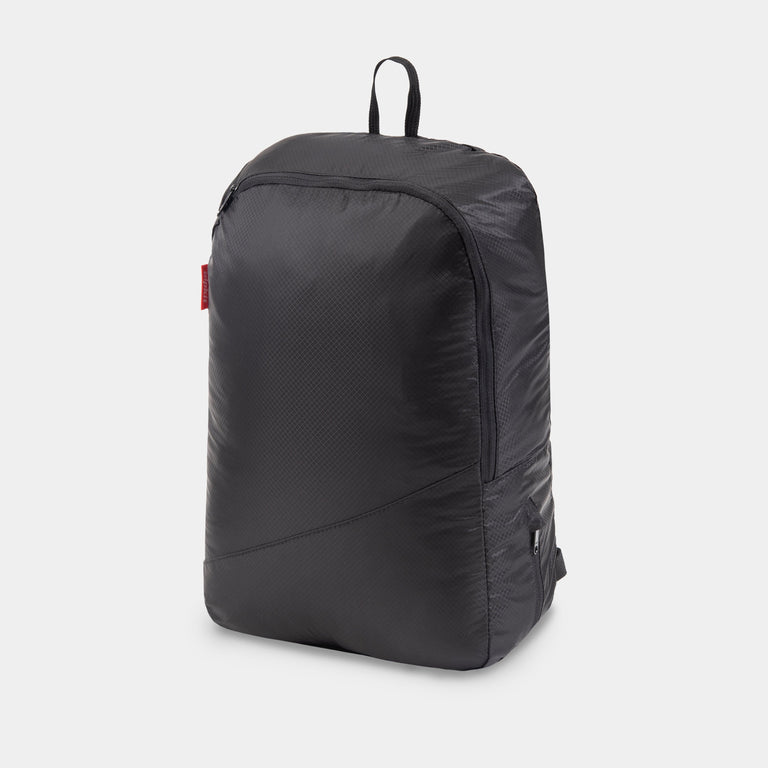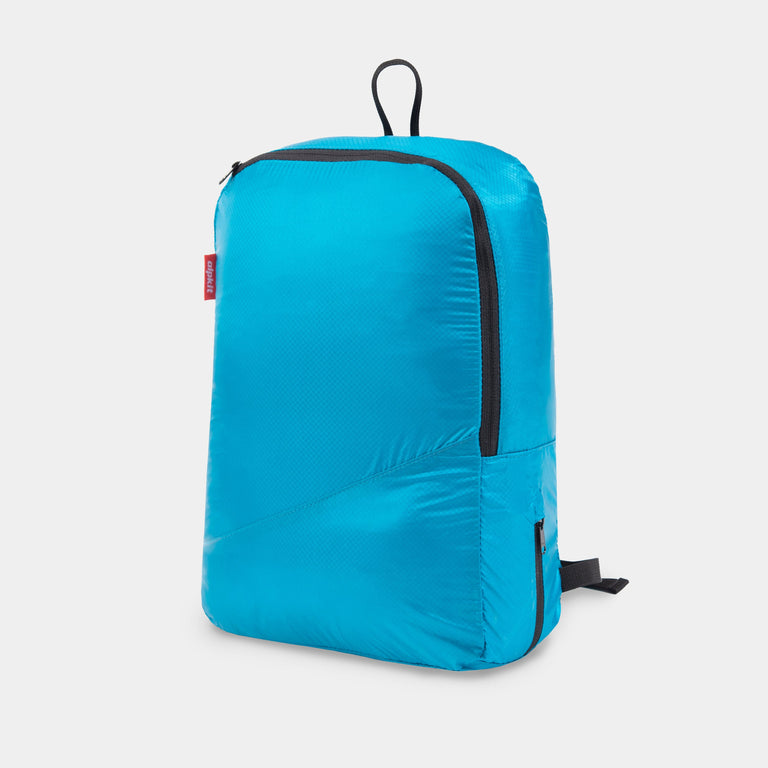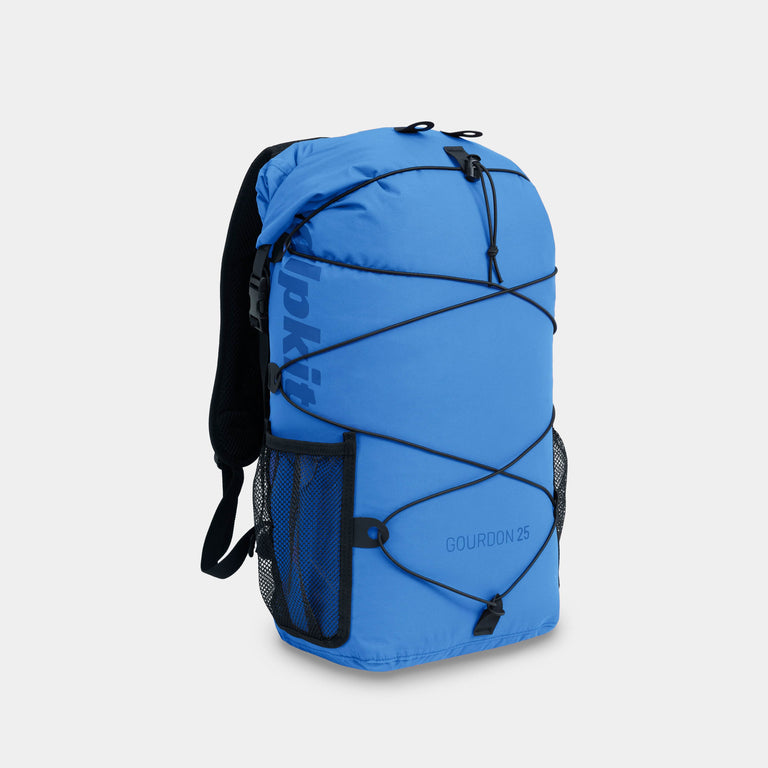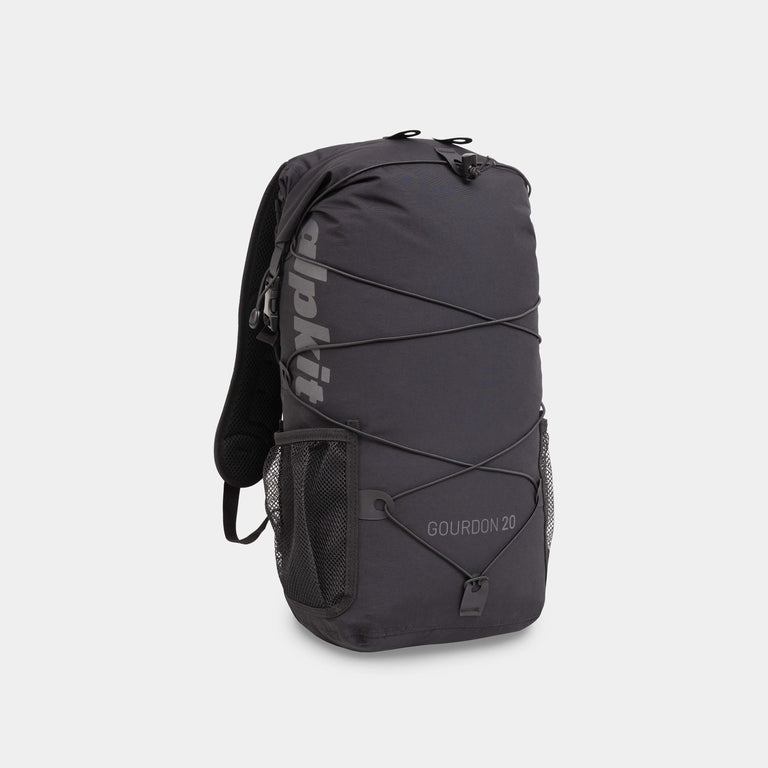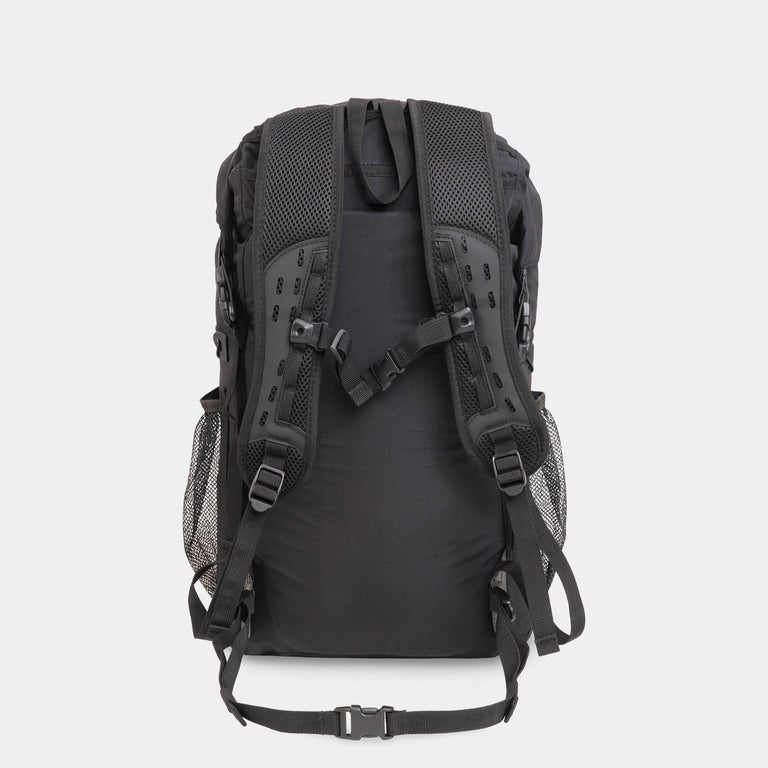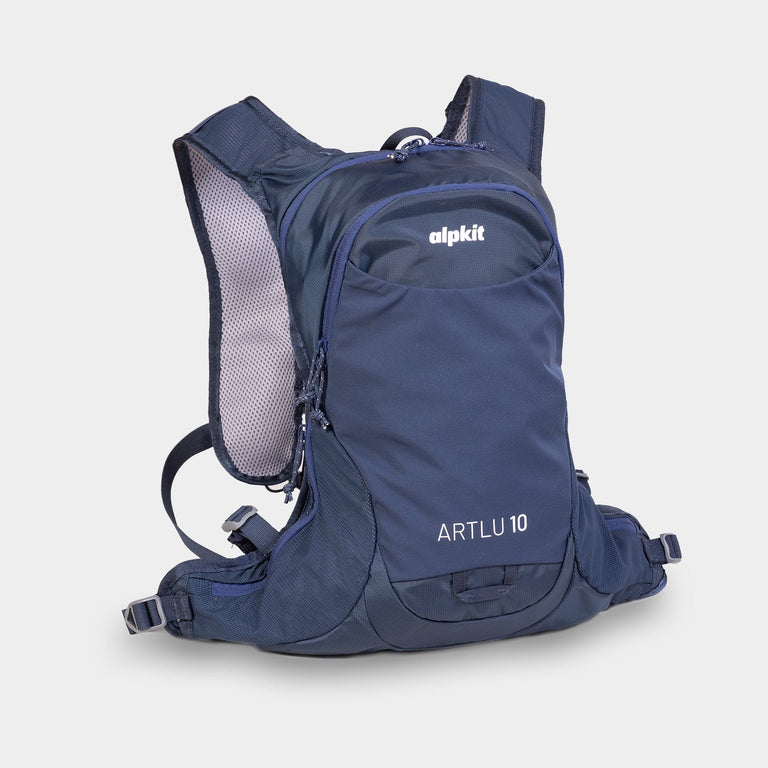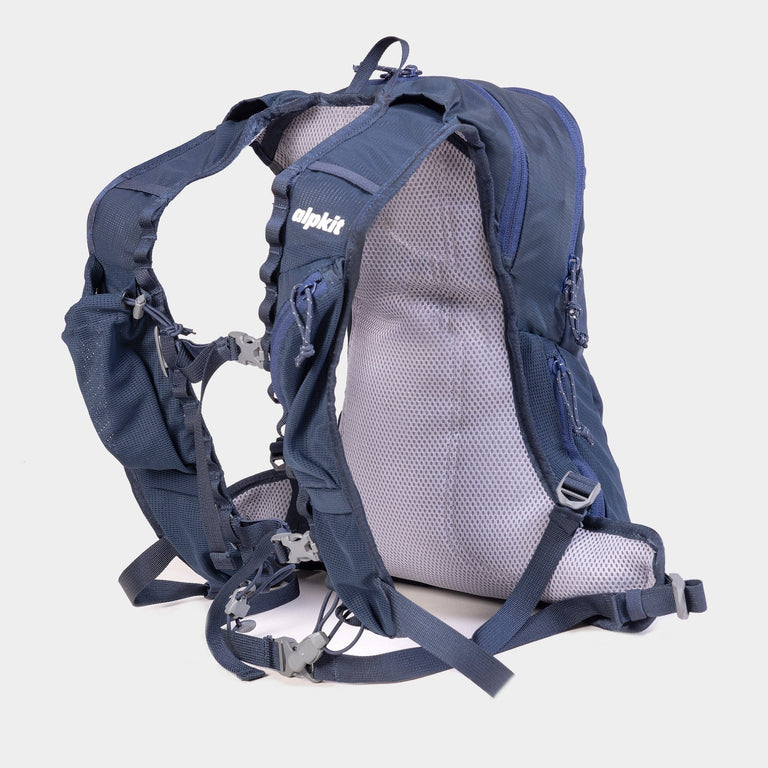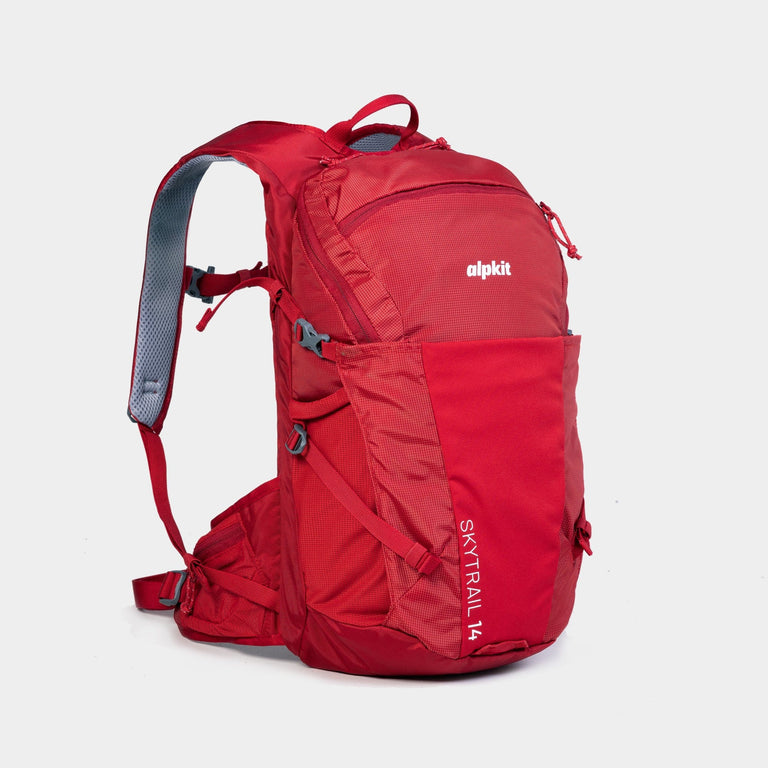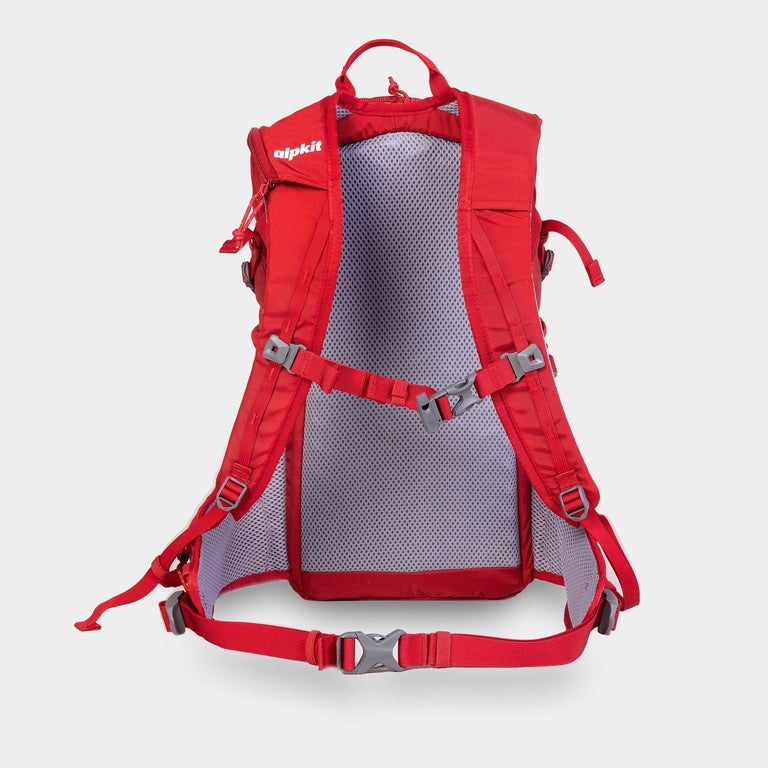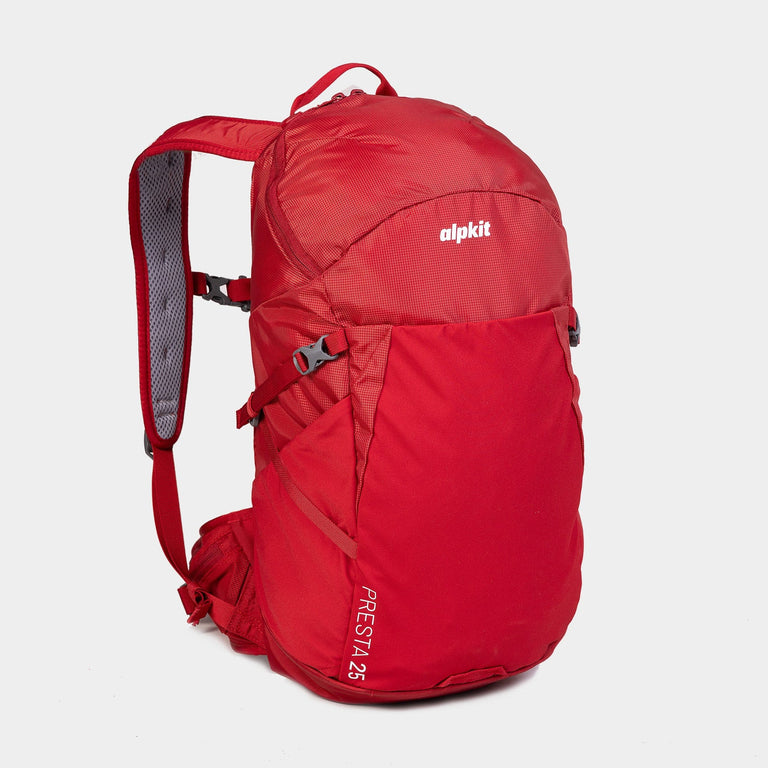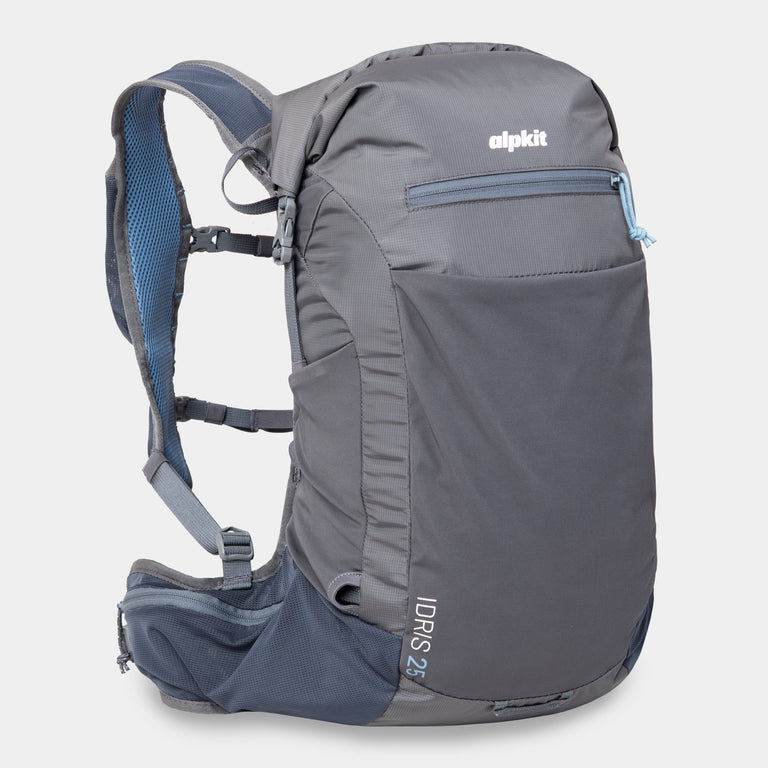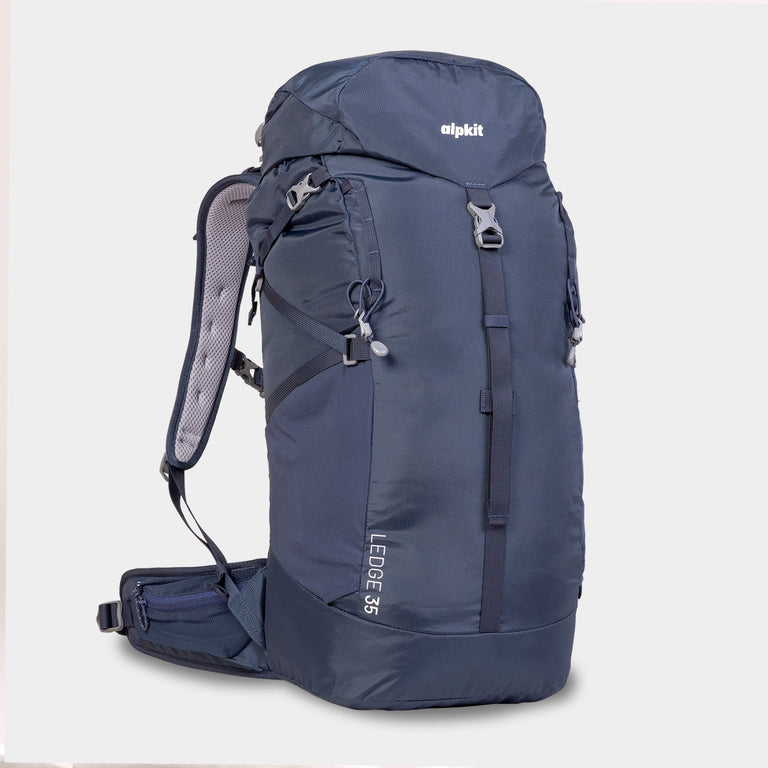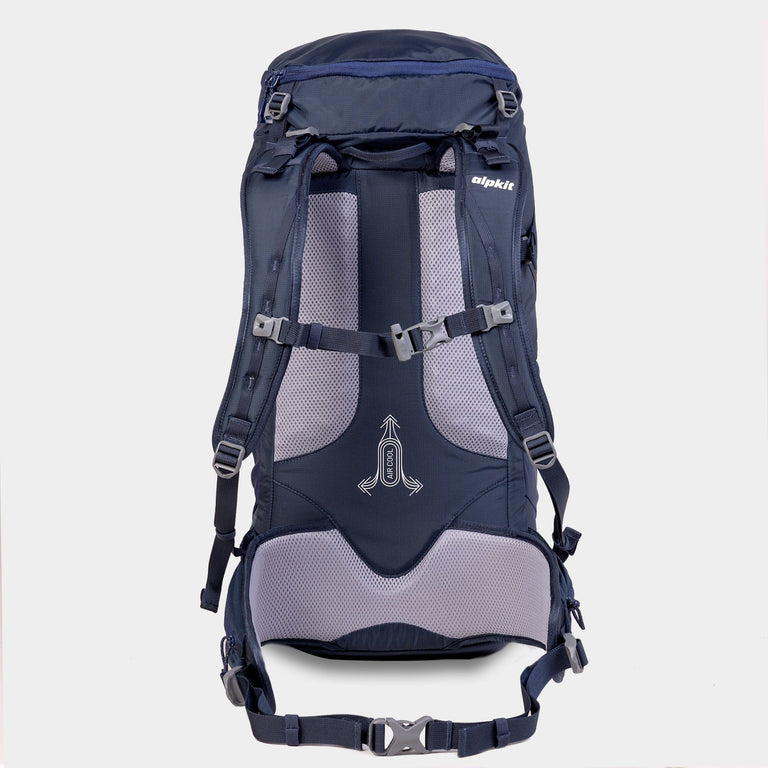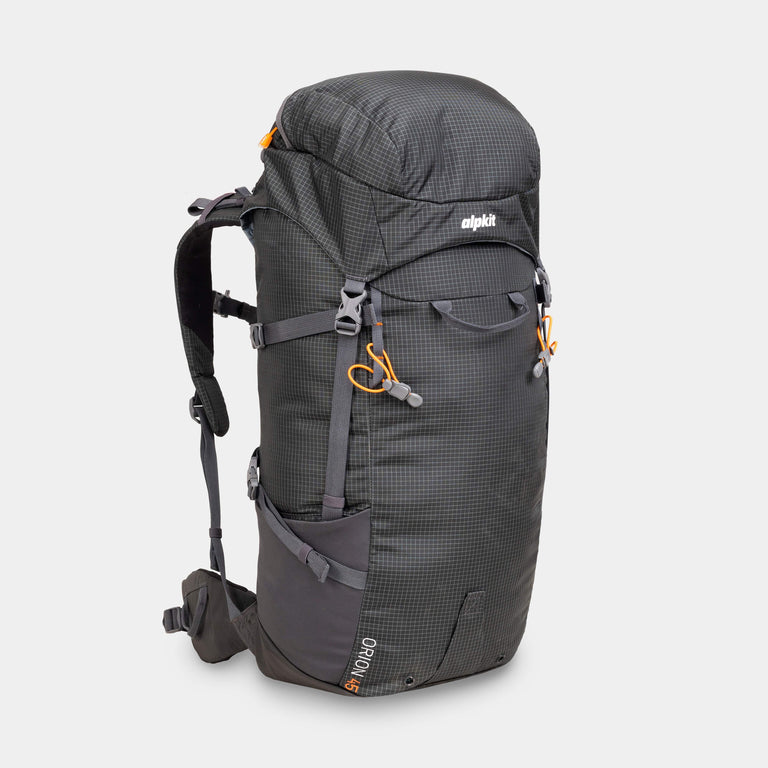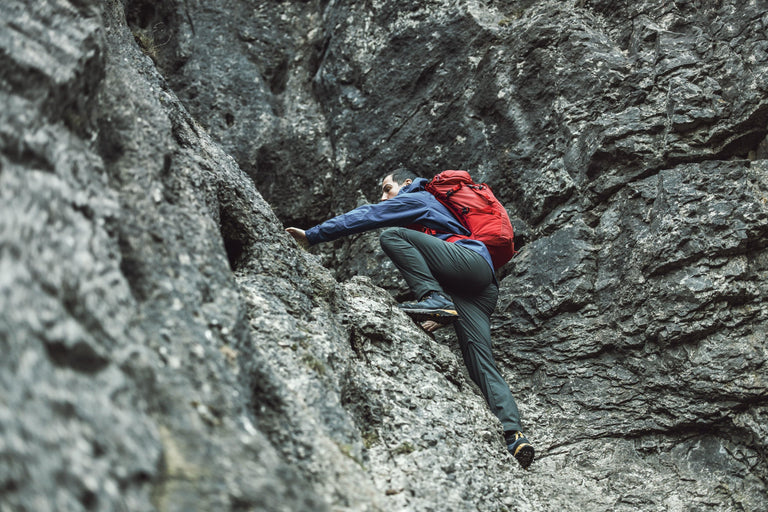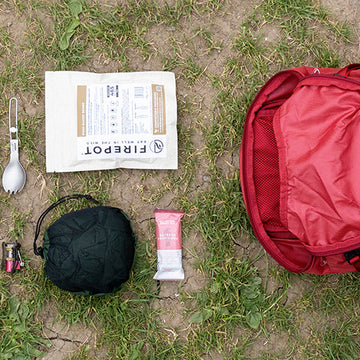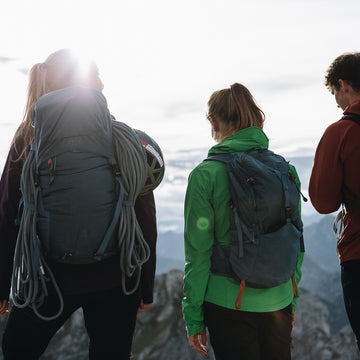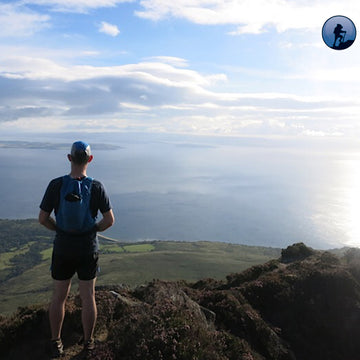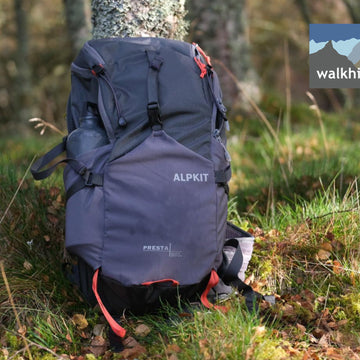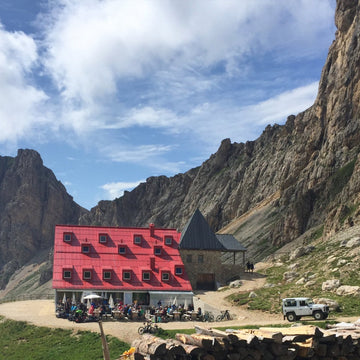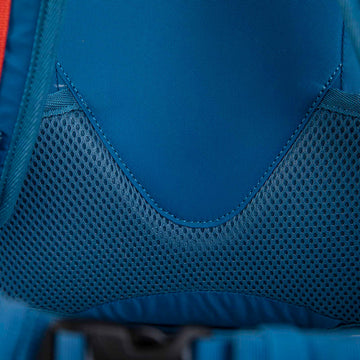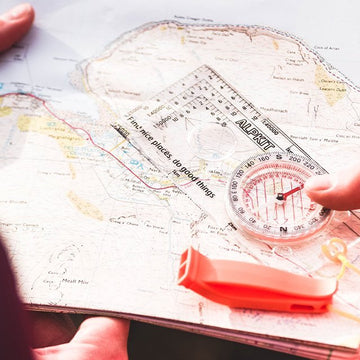
Our day hiking guide covers spring essentials for UK adventures. Pick the right rucksack and modifications to navigate alpine terrain with confidence.
Day hiking is an excellent way to explore the outdoors, offering a blend of adventure, exercise, and breathtaking scenery. Whether traversing the UK's rolling hills in spring or exploring the Alps over spring break, the right pack can make all the difference. This guide will help you choose the perfect rucksack for your day hike and outline the essentials, ensuring you're well-prepared for whatever the trail throws your way.
Choosing the best daysack
The cornerstone of your hiking gear is your rucksack. For day hikes, a pack with a capacity of 20 to 30 litres is ideal. It should be lightweight yet durable, with a comfortable waist belt and shoulder straps that evenly distribute the weight and enhance stability and comfort.
Ventilation is crucial to prevent your back from getting too sweaty, so consider a pack with a mesh back panel or an air gap. Rain protection is a frequent concern amongst hikers, so a fully waterproof rucksack or a waterproof cover can offer great reassurance. A more practical solution is to stash your valuables or spare clothes in a dry bag within your backpack. This way, your stuff stays dry even when you open your pack to get things out.
How do you measure the size of a day sack?
Believe it or not, there is a standard method of measurement that involves filling the rucksack with little balls. Once the rucksack is filled to the brim, along with any pockets it may have, you transfer the balls to a measuring cylinder and calculate the volume they occupy. Hey, presto, you now know how big your rucksack is.
What to carry in your rucksack for UK spring conditions
Spring in the UK can be amazing, but preparing for varying temperatures and frequent showers doesn't hurt. Your day hiking pack should include:
- Weather-appropriate clothing: The worst thing you can do is head out in your cotton tee and trench coat. This would offer you very little versatility. Your coat would fill your pack on its own, or you would be slogging along under the weight of it, overheating and muttering; I should have layered. Layering is key. Embrace the layering system. Wear a moisture-wicking base layer, an insulating layer, and a waterproof, breathable outer layer. These can be either synthetic or natural fibres; we offer both choices.
- Navigation aids: A map and compass are essential, even if you have a GPS device on your phone, watch or dedicated GPS unit. The UK's varied terrain and often overcast conditions can make navigation challenging. Pop your map in a map case so it doesn't get wet. A side pocket on your day sack can be helpful for easy access.
- Hydration and nutrition: Unless you are a camel, you will want to carry a couple of litres of water and high-energy, lightweight snacks like nuts, dried fruit, and energy bars. Given the duration of your walk, you should not need to look into water purification at this stage. If you like hot food, a one-pot cooking system like the Brukit can knock up a hearty soup or a mug of tea in an instant, providing a nice reward for your efforts.
- Safety equipment: Include a basic first aid kit, a whistle for emergencies, and a headtorch with spare batteries. If your hike takes you into remote terrain, throw in a bivvy bag or a group bothy bag.
- Sun protection: The sun can be intense even in spring, especially at higher altitudes or along the coast. Sunglasses, sunscreen, and a hat are must-haves.
- Extra essentials: A small, lightweight sitting mat can provide comfort while you take a break, keeping your butt dry after a squall. Trekking poles can help with stability on uneven terrain. Hopefully, your pack isn't too heavy, but poles will also help reduce fatigue during the day. If your pack has straps for attaching your poles, all the better for navigating scrambles or the busy village centre at the end of your hike.
Modifying your pack for the Alps
Day hikes in the Alps demand additional considerations due to the higher altitudes and more challenging terrain. Modify your pack by including the following:
- Additional layers: Temperatures can drop significantly at higher elevations, so pack an extra warm layer. A down jacket is ideal as it packs down really small. A gilet is also effective on the go, balancing core warmth and temperature regulation.
- Sun and snow protection: Higher altitudes mean stronger UV rays and potential snow patches, even in spring. Include high SPF sunscreen, glacier glasses, and lightweight gaiters for snow.
- Safety gear: A lightweight helmet can be a good shout for areas prone to rockfall, along with a basic alpine safety kit, including a lightweight harness, a few carabiners, and a short length of rope. However, we are getting into scrambling here, which we will leave for another article.

